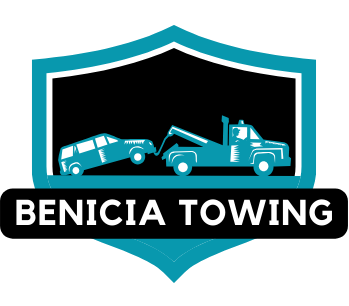
How To Safely Pull Over To The Roadside During An Emergency
Knowing how to safely pull over to the roadside during an emergency is vital for your safety and that of others on the road. Here's a step-by-step guide:
- Activate Hazard Lights: The first thing you should do is turn on your hazard lights. These flashing lights signal to other drivers that you have a problem and are slowing down.
- Check Your Surroundings: Before making any moves, take a moment to assess your surroundings. Ensure it's safe to change lanes and pull over by checking your mirrors and blind spots for other vehicles.
- Signal Your Intentions: Use your turn signal to let other drivers know you're changing lanes or pulling over. This simple action helps prevent accidents.
- Reduce Speed Gradually: Start slowing down gradually. Avoid slamming on the brakes abruptly, as it can lead to accidents.
- Choose the Right Side: Whenever possible, pull over to the right side of the road. This is the standard practice and generally the safest option. Use your turn signal to indicate your rightward movement.
- Find a Safe Spot: If you can, pull over to a safe location away from the flow of traffic. Ideal spots include shoulders, rest areas, or parking lots. Ensure your vehicle is completely off the road to avoid obstructing traffic.
- Safely Park Your Vehicle: Once you're off the road, shift your vehicle into the park (or gear for manual transmissions), turn off the engine, and engage the parking brake to prevent rolling.
- Stay Inside Your Vehicle: Unless it's absolutely necessary to exit, it's generally safer to stay inside your vehicle. Keep your seatbelt fastened.
- Call for Help: If needed, use your mobile phone to call for assistance. Notify the relevant authorities, like the police, if it's a severe emergency. If you have roadside assistance, contact them for help.
- Enhance Visibility: If you have reflective triangles or emergency flares, set them up behind your vehicle to increase visibility, especially in low-light conditions.
- Wait for Assistance: Stay in your vehicle until help arrives. It's often safer to remain inside, especially if you're on a busy road.
- Exit with Caution: If you must leave your vehicle, do so carefully, ensuring it's safe to do so. Use the passenger-side door if possible, and be cautious of oncoming traffic.

Thank you for contacting us.
We will get back to you as soon as possible.
We will get back to you as soon as possible.
Oops, there was an error sending your message.
Please try again later.
Please try again later.
Always remember that safety should be your top priority during emergencies on the road. Assess the situation, prioritize your well-being, and take the necessary steps to ensure both your safety and that of others
Let's Connect!
We understand how stressful it can be when your vehicle breaks down, which is why we aim to provide a stress-free experience. Our team is dedicated to being there for you every step of the way, ensuring that your vehicle is taken care of and safely transported to its destination. With our commitment to excellence, you can trust our towing services to get the job done right.